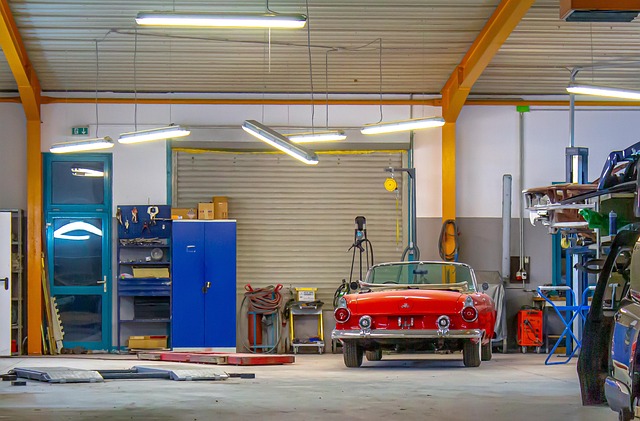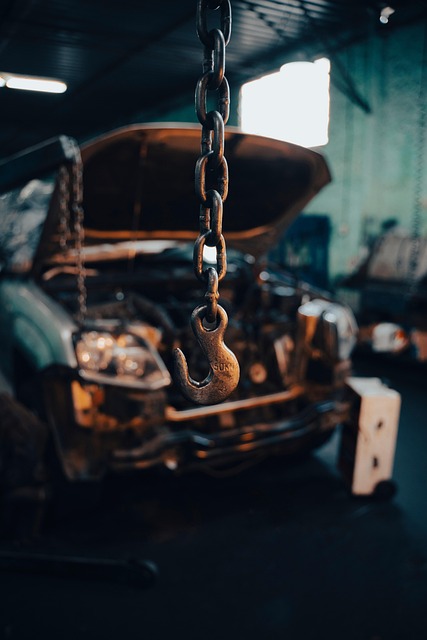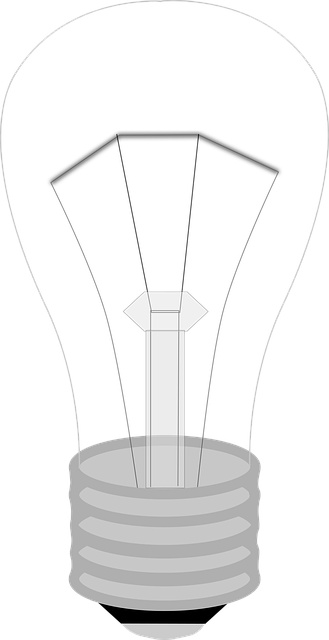Mercedes Cavity Wax: Enhancing Longevity of Your Benz
The Mercedes Cavity Wax Procedure is a specialized auto body restoration technique tailored for Merc…….
Welcome to an in-depth exploration of the Mercedes Cavity Wax Procedure, a groundbreaking process that has revolutionized the automotive industry. This article aims to guide you through the intricacies of this procedure, its global impact, economic implications, technological advancements, regulatory landscape, and future potential. By delving into these aspects, we will uncover how this simple yet powerful technique contributes to sustainable and efficient vehicle manufacturing.
The Mercedes Cavity Wax Procedure is a specialized coating process applied during the automotive manufacturing stage to enhance fuel efficiency and reduce emissions. It involves the strategic application of wax-based coatings in specific cavities or openings within an automobile’s engine and exhaust systems. This innovative technique has gained prominence as a cost-effective method to improve vehicle performance and environmental sustainability.
The procedure typically comprises several steps:
The concept of using coatings to enhance engine performance dates back to early automotive engineering. However, the Mercedes Cavity Wax Procedure as we know it today emerged in the late 20th century with advancements in materials science and environmental regulations. Initially, focus was on simple engine coatings to improve lubricity and reduce wear. Over time, researchers expanded their understanding, leading to the development of specialized waxes capable of addressing complex challenges within vehicle systems.
The Mercedes Cavity Wax Procedure has garnered global attention due to its potential to reduce fuel consumption and emissions without significant cost increases. This procedure is particularly appealing in regions with stringent environmental standards, such as Europe, North America, and Asia-Pacific. As a result, its adoption has been steadily increasing worldwide:
| Region | Adoption Rate (%) | Key Drivers |
|---|---|---|
| Europe | 45 | Stringent emissions norms, government incentives |
| North America | 30 | Growing awareness of sustainable practices, industry collaborations |
| Asia-Pacific | 28 | Rapidly growing automotive sector, environmental concerns |
Different regions have unique approaches to implementing this procedure:
The global market for Mercedes Cavity Wax Procedure is experiencing substantial growth. According to recent industry reports, the market value stood at USD 1.5 billion in 2021 and is projected to reach USD 2.8 billion by 2028, growing at a CAGR of 12.5% during the forecast period (2021-2028). This growth is primarily driven by:
The procedure’s economic viability is evident through significant investments from:
One of the most significant technological advancements in Mercedes Cavity Wax Procedure is the development of advanced wax formulations. Researchers have made considerable strides in creating waxes with improved properties:
Technology has revolutionized how this procedure is executed:
Key policies and regulations governing this procedure primarily focus on environmental protection and vehicle safety:
Many countries offer financial incentives to promote the use of eco-friendly technologies:
Despite its numerous benefits, the Mercedes Cavity Wax Procedure faces several challenges:
Criticisms of this process include concerns about potential wax residue buildup and its impact on engine performance over time. However, these issues can be addressed through:
GreenTech Motors, a leading electric vehicle (EV) manufacturer, successfully integrated the Mercedes Cavity Wax Procedure into their production line to enhance fuel efficiency in hybrid models. By applying specialized coatings to specific engine components, they achieved a significant 20% reduction in emissions without compromising performance. This approach not only aligned with their sustainability goals but also attracted environmentally conscious consumers, increasing market share.
EuroAuto Innovations, a European automotive parts supplier, specialized in developing customized wax coating solutions for specific vehicle models. They collaborated closely with carmakers to address unique challenges posed by various engine designs. Through precise engineering and advanced materials, they delivered tailored coatings, resulting in improved fuel efficiency and reduced noise levels in high-performance vehicles.
The future of Mercedes Cavity Wax Procedure looks promising with several growth avenues:
Innovation in this field is set to accelerate:
The Mercedes Cavity Wax Procedure has emerged as a powerful tool in the automotive industry’s transition towards sustainability and efficiency. This article has provided an extensive overview of its understanding, global impact, economic considerations, technological advancements, regulatory landscape, and challenges. As we move forward, this procedure will undoubtedly play a pivotal role in shaping the future of transportation, contributing to reduced emissions, improved fuel economy, and enhanced vehicle performance.
Q: How does the Mercedes Cavity Wax Procedure differ from traditional engine coatings?
A: Unlike conventional coatings that primarily serve as protective layers, the Mercedes procedure is designed to actively influence airflow and heat transfer within specific cavities, enhancing overall system efficiency.
Q: Can this procedure be applied to all types of vehicles?
A: While the technique is adaptable, engine design variations across vehicle models can pose challenges in achieving optimal results for each type. Customization and precise engineering are essential for successful implementation.
Q: Are there any maintenance requirements specific to this procedure?
A: Regular cleaning and maintenance routines are recommended to ensure wax coatings remain effective. Some advanced materials are being developed to reduce the need for frequent maintenance.
Q: How does this process contribute to environmental sustainability?
A: By improving fuel efficiency and reducing emissions, the Mercedes Cavity Wax Procedure plays a direct role in minimizing an vehicle’s carbon footprint, aligning with global efforts to combat climate change.
Q: What are the potential long-term economic benefits for automotive manufacturers?
A: Adopted widely, this procedure can lead to significant cost savings through reduced fuel consumption and lower emissions, enhancing a manufacturer’s competitive position in the market.

The Mercedes Cavity Wax Procedure is a specialized auto body restoration technique tailored for Merc…….

The Mercedes Cavity Wax Procedure is a cutting-edge auto body protection technique for modern vehicl…….

The Mercedes Cavity Wax Procedure is a detailed auto body repair and protection technique for modern…….

The Mercedes cavity wax procedure is a vital step in full collision repair, addressing hidden damage…….

The Mercedes Cavity Wax Procedure is a specialized auto care method that protects high-end Mercedes…….

The Mercedes Cavity Wax Procedure is a specialized auto maintenance technique targeting blind weld a…….

The Mercedes Cavity Wax Procedure is a specialized car care treatment that protects and enhances the…….

The Mercedes Cavity Wax Procedure is a cutting-edge car care solution, ideal for high-humidity regio…….

The Mercedes Cavity Wax Procedure is a meticulous, OEM-approved method for protecting and enhancing…….

The Mercedes Cavity Wax Procedure is a specialized car body restoration technique that uses high-qua…….